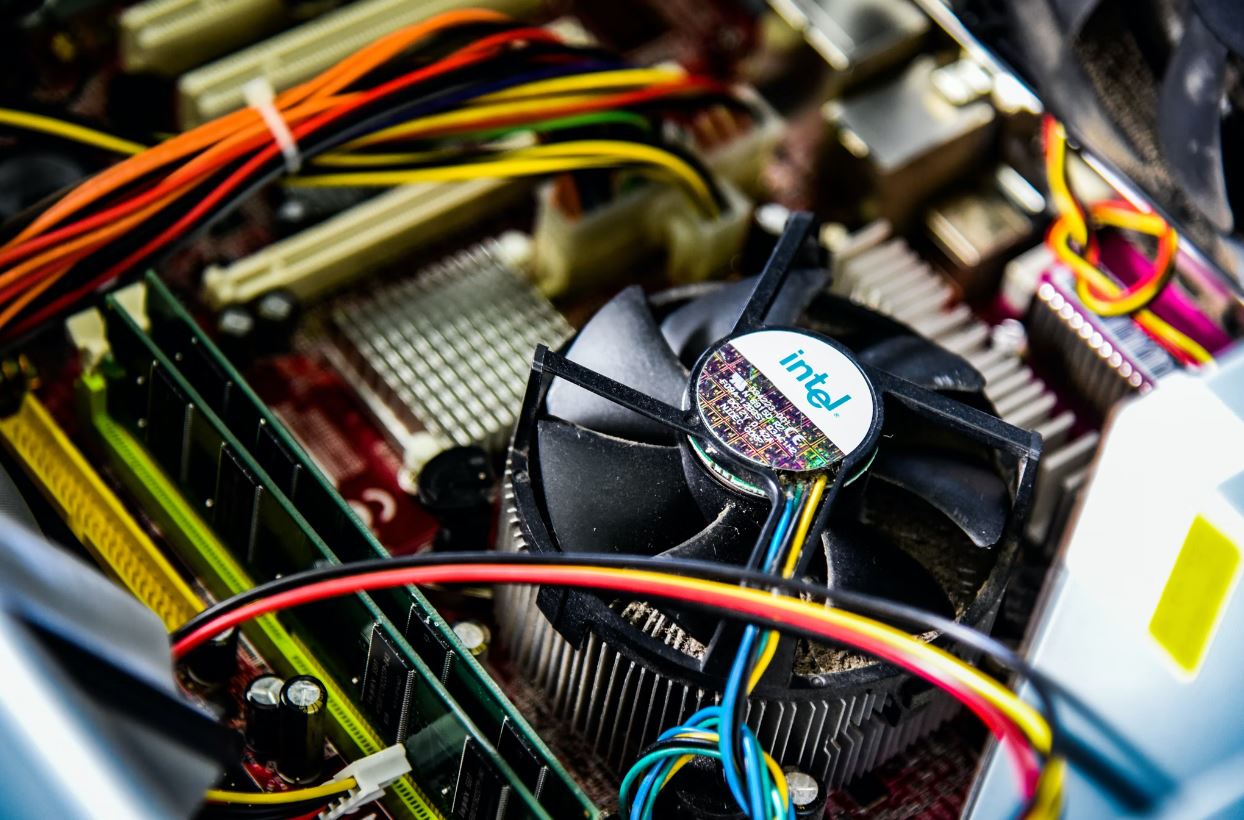
Credit: Unsplash
If you smell burning metal, that’s a bad sign.
Computers, both desktop and laptop, tend to produce a lot of heat on average. Even when they’re not under any notable stress, their resting temperature can be around 40 degrees Celsius. That’s 104 degrees Fahrenheit if you’re not a fan of metrics. Now while that would be summer agony for us living beings, for a computer, it’s normal. Computers are designed to withstand a decent amount of heat. However, even a computer isn’t fireproof; when temperatures raise too high, your computer may automatically shut itself off to prevent damage. If that doesn’t kick in, the performance of your computer could be permanently affected. If you’re worried about spicy computers, don’t just put your hand on it and try to guess. Software has the answer.
There are numerous utilities available online that can help you keep an eye on your computer’s temperature. I use three utilities myself: Core Temp, HW Monitor, and Afterburner.
Core Temp, as the name no doubt implies, will keep you abreast of the temperatures of your CPU cores. It also has optional fail-safes you can turn on if the temperature gets too high, such as automatically putting the computer to sleep or closing/opening certain programs. You can also display the temperatures of your cores in your task bar.
HW Monitor, in addition to providing temperature readouts, can also tell you if your case fans are functioning properly. Fans and cooling systems are your first line of defense against overheating, and HW Monitor call tell you how quickly they’re spinning (if at all).
Afterburner is intended for computers with powerful GPUs. It can tell you how hot your GPU is getting, as well as how much memory and electricity it’s sucking up. Afterburner is well known for its easy overclocking functionality, though unless you know what you’re doing, those are best left alone. Besides, if you’re trying to prevent overheating, overclocking ain’t gonna do you any favors.
The ideal temperatures vary from build to build, but if you want an average, it should be something like this:
- When sitting idle, or not under any significant stress, the temperature should be between 30-high 40 degrees Celsius.
- If you’re under a typical load, such as running multiple simple programs and browsing the internet, the temperature should be between 50-60 degrees Celsius.
- When doing something more strenuous like playing games or rendering video, the temperature will likely climb up to between 80-90 degrees Celsius.
- Any readings above 90 degrees Celsius is officially too hot, and could put you at risk of a safety shutdown.































